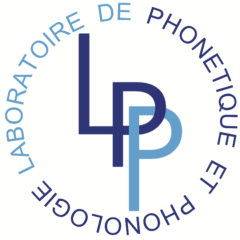Structure and dynamics of the Hermean magnetosphere revealed by electron observations from the Mercury electron analyzer after the first three Mercury flybys of BepiColombo
Résumé
Context . The Mercury electron analyzer (MEA) obtained new electron observations during the first three Mercury flybys by BepiColombo on October 1, 2021 (MFB1), June 23 , 2022 (MFB2), and June 19, 2023 (MFB3). BepiColombo entered the dusk side magnetotail from the flank magnetosheath in the northern hemisphere, crossed the Mercury solar orbital equator around midnight in the magnetotail, traveled from midnight to dawn in the southern hemisphere near the closest approach, and exited from the post-dawn magnetosphere into the dayside magnetosheath. Aims . We aim to identify the magnetospheric boundaries and describe the structure and dynamics of the electron populations observed in the various regions explored along the flyby trajectories. Methods . We derive 4s time resolution electron densities and temperatures from MEA observations. We compare and contrast our new BepiColombo electron observations with those obtained from the Mariner 10 scanning electron spectrometer (SES) 49 yr ago. Results . A comparison to the averaged magnetospheric boundary crossings of MESSENGER indicates that the magnetosphere of Mercury was compressed during MFB1, close to its average state during MFB2, and highly compressed during MFB3. Our new MEA observations reveal the presence of a wake effect very close behind Mercury when BepiColombo entered the shadow region, a significant dusk-dawn asymmetry in electron fluxes in the nightside magnetosphere, and strongly fluctuating electrons with energies above 100s eV in the dawnside magnetosphere. Magnetospheric electron densities and temperatures are in the range of 10–30 cm −3 and above a few 100s eV in the pre-midnight-sector, and in the range of 1–100 cm −3 and well below 100 eV in the post-midnight sector, respectively. Conclusions . The MEA electron observations of different solar wind properties encountered during the first three Mercury flybys reveal the highly dynamic response and variability of the solar wind-magnetosphere interactions at Mercury. A good match is found between the electron plasma parameters derived by MEA in the various regions of the Hermean environment and similar ones derived in a few cases from other instruments on board BepiColombo.
Domaines
Planète et Univers [physics]| Origine | Fichiers éditeurs autorisés sur une archive ouverte |
|---|


